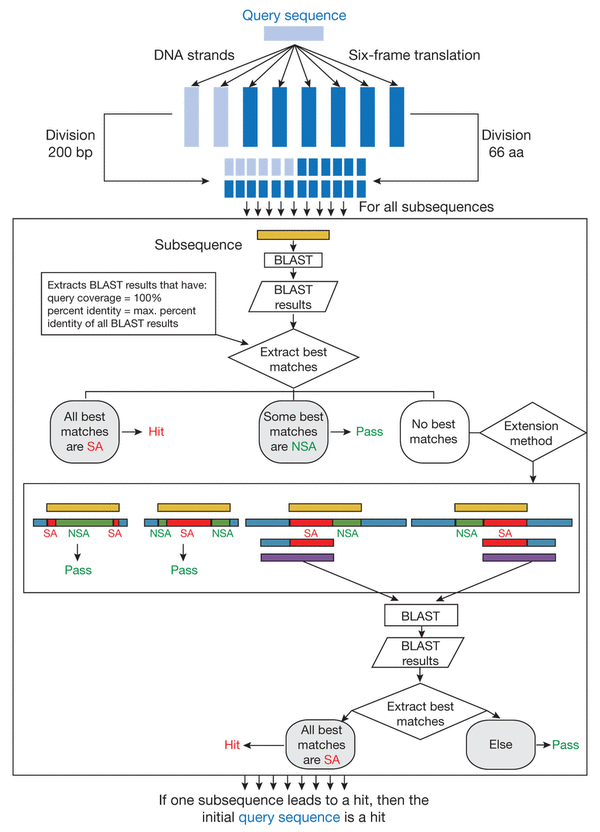About a week ago, a team of researchers at the University of Missouri (MU) announced a technique they’d developed that could make food safer (from the Apr. 18, 2013 news item on Nanowerk),
Sales of chicken products in China plummeted recently during an outbreak of a deadly new strain of bird flu. From bird flu to mad cow disease, numerous food scares have made global headlines in recent years. A technique developed by University of Missouri Professor of Engineering Shubhra Gangopadhyay’s group may make food contamination testing more rapid and accurate. The detection test also could accelerate warnings after bioterrorism attacks.
The University of Missouri Apr. 18, 2013 news release, which originated the news item, doesn’t offer much more in the way of detail about the technique although there is some discussion about business opportunities,
“Quickly stopping the spread of toxins saves lives, whether those toxins are from natural processes or enemy attacks,” said lead author Sangho Bok, postdoctoral fellow working under the supervision of Shubhra Gangopadhyay in MU’s College of Engineering. “Our technique uses nanoparticles to make detection one hundred times more sensitive than the standard method now used, known as ELISA. We have also reduced the time needed to detect a threat to only one hour, compared to four to six hours for ELISA.”
Currently, Bok’s testing method detects a toxin that causes food poisoning, a chemical known as Clostriudium botulinum neurotoxin A. Engineers and biologists at MU now seek to adapt the test to detect many other dangerous chemicals.
Beyond helping protect people from deadly toxins, Bok’s technique may bring jobs and foreign investment to America. Study co-author and MU research professor, Keshab Gangopadhyay, hopes to open a factory in Missouri that will manufacture the nanoparticles used in the detection technique. To achieve this goal, Gangopadhyay founded Nanos Technologies LLC.
“Science, employment and economic development are all tied together,” said Gangopadhyay. “Food safety testing presents a large market that is growing quickly in developing nations like China and India. MU engineering research helps Missouri tap into that market while creating local jobs and attracting the attention of investors.”
I did find the Nanos Technologies website and, given that they currently sell gold slides, I’m assuming the company is not newly founded although this latest technology may make the dream of opening up a factory in Missouri more attainable.
Here’s a link to and a citation for the researchers’ paper,
Femtogram-level detection of Clostridium botulinum neurotoxin type A by sandwich immunoassay using nanoporous substrate and ultra-bright fluorescent suprananoparticles by Sangho Bok, Venumadhav Korampally, Charles M. Darr, William R. Folk, Luis Polo-Parada, Keshab Gangopadhyay, Shubhra Gangopadhyay. Biosensors and Bioelectronics Volume 41, 15 March 2013, Pages 409–416 http://dx.doi.org/10.1016/j.bios.2012.08.063
This paper is behind a paywall.
